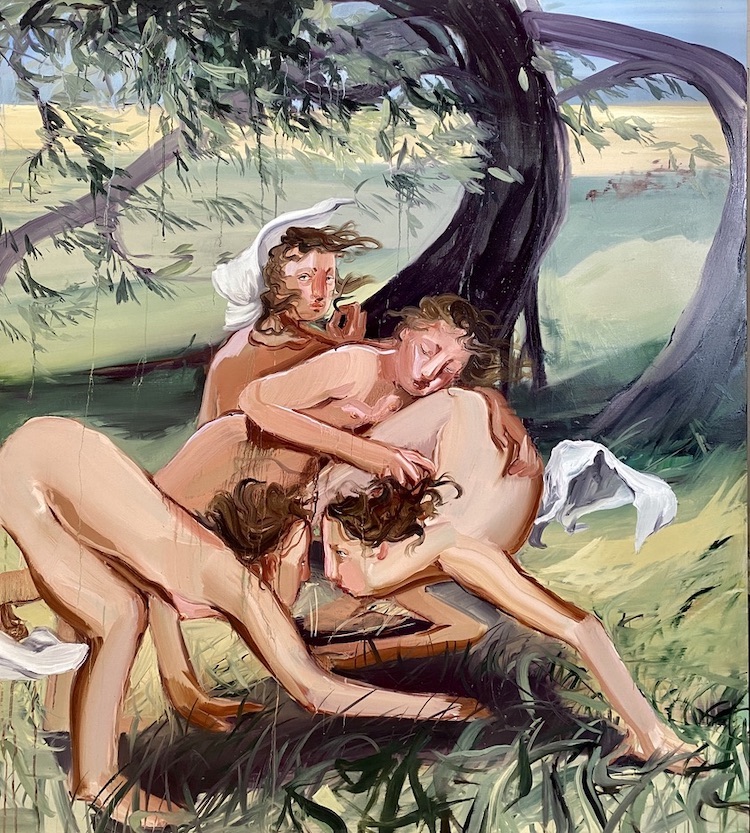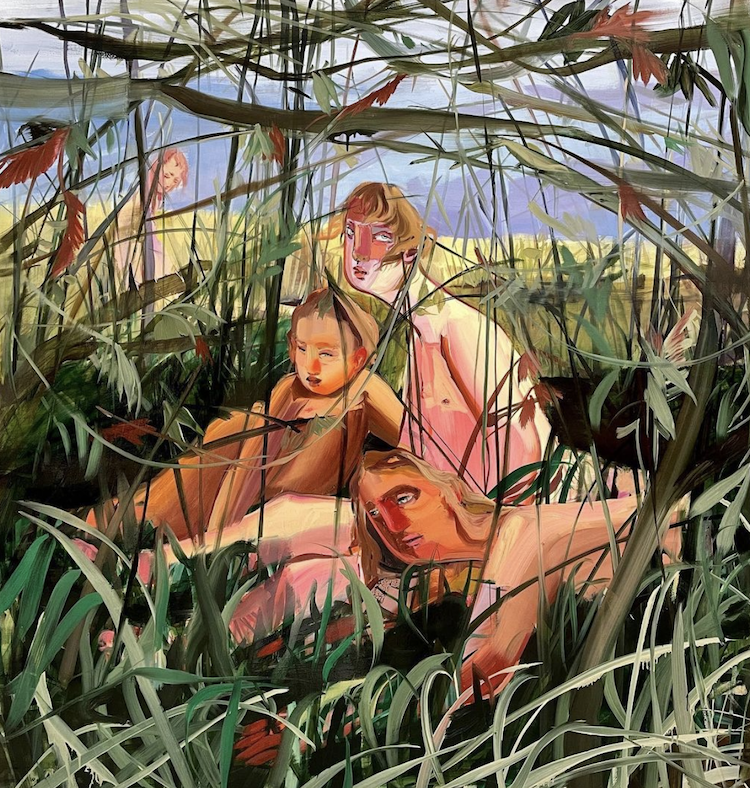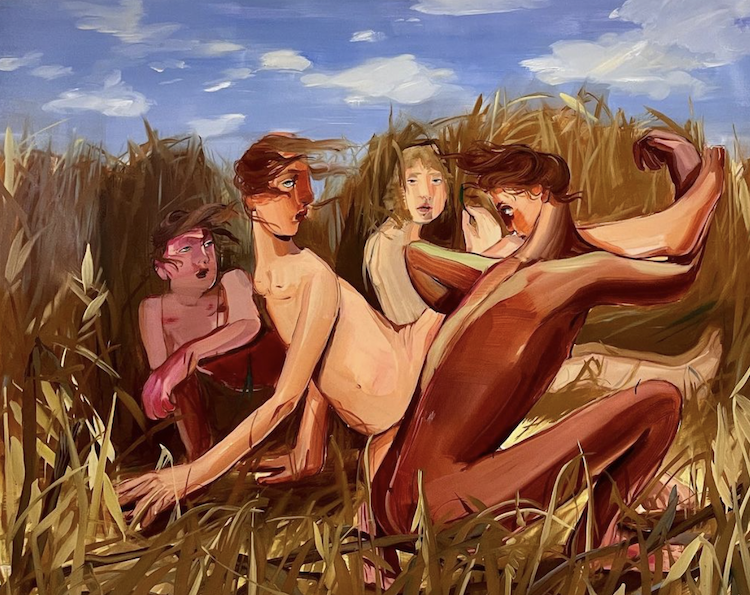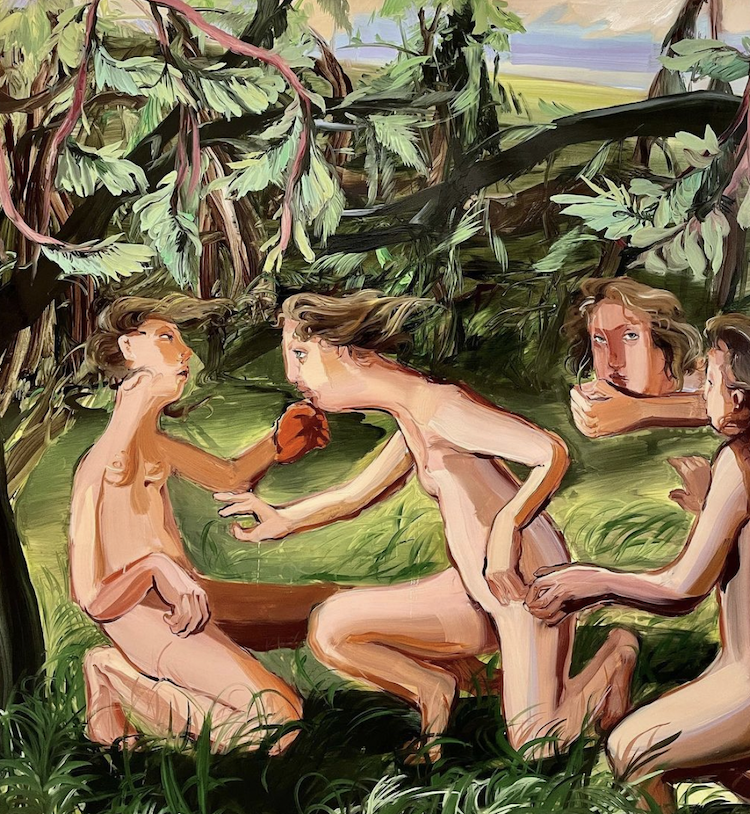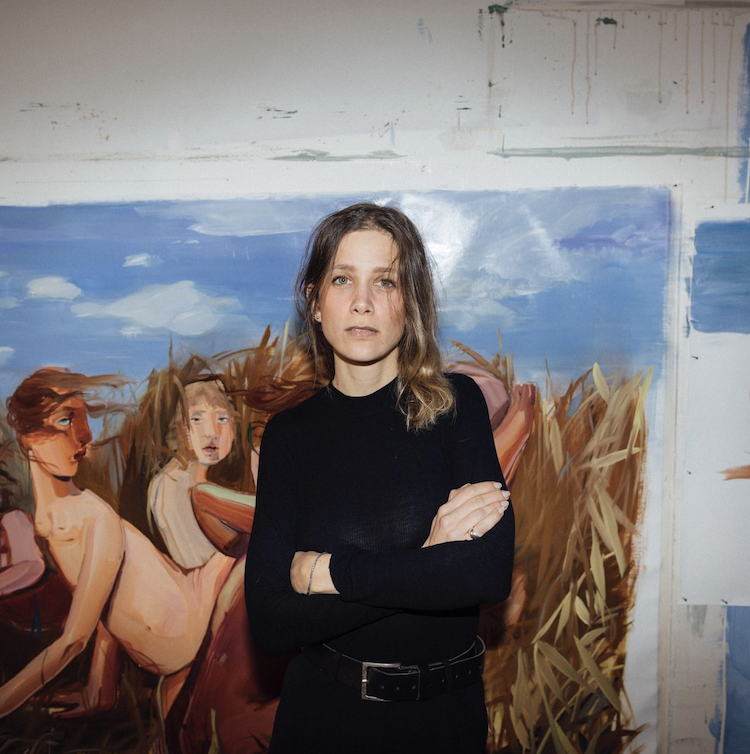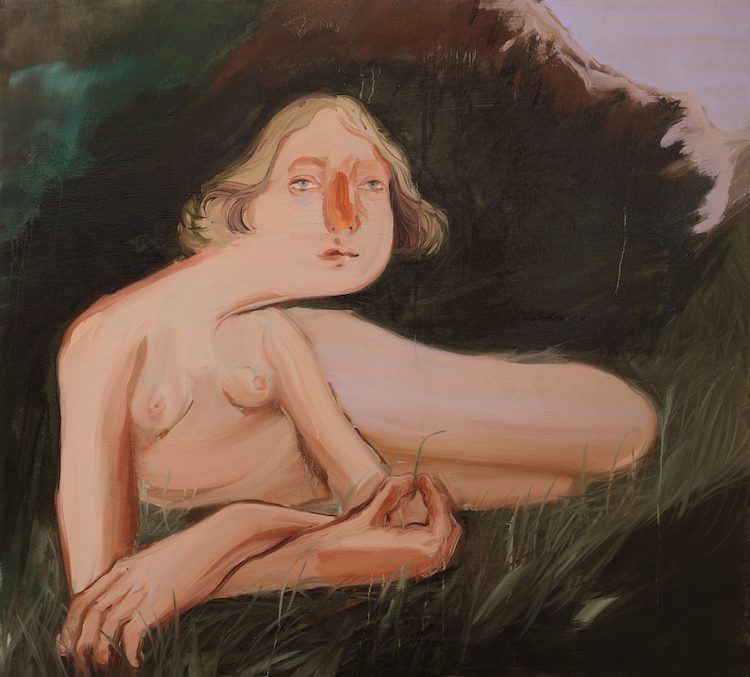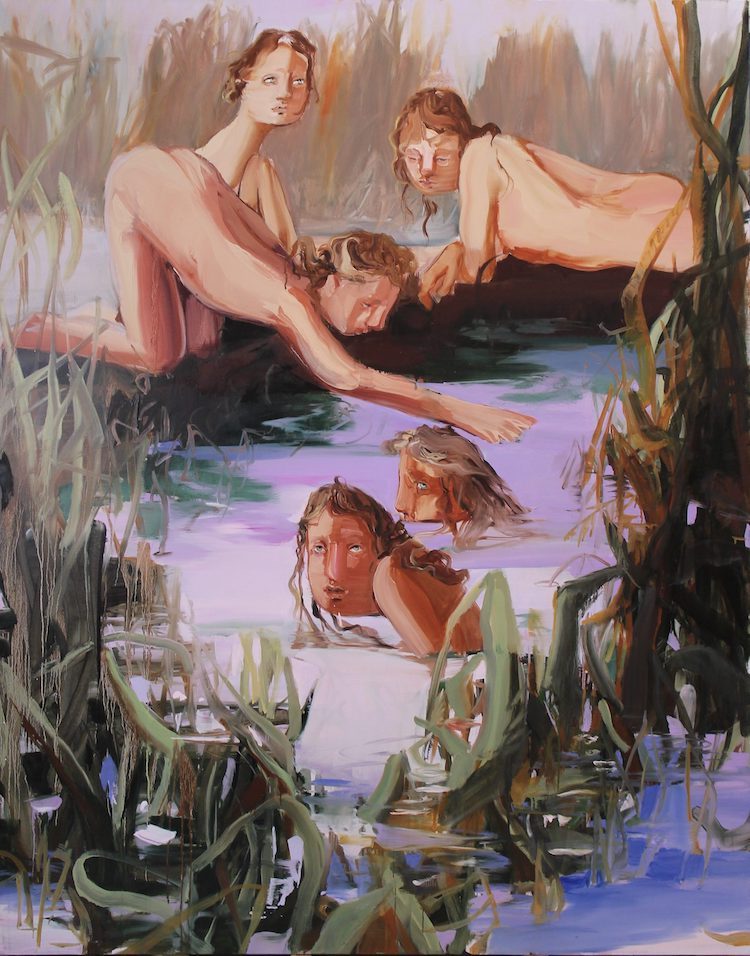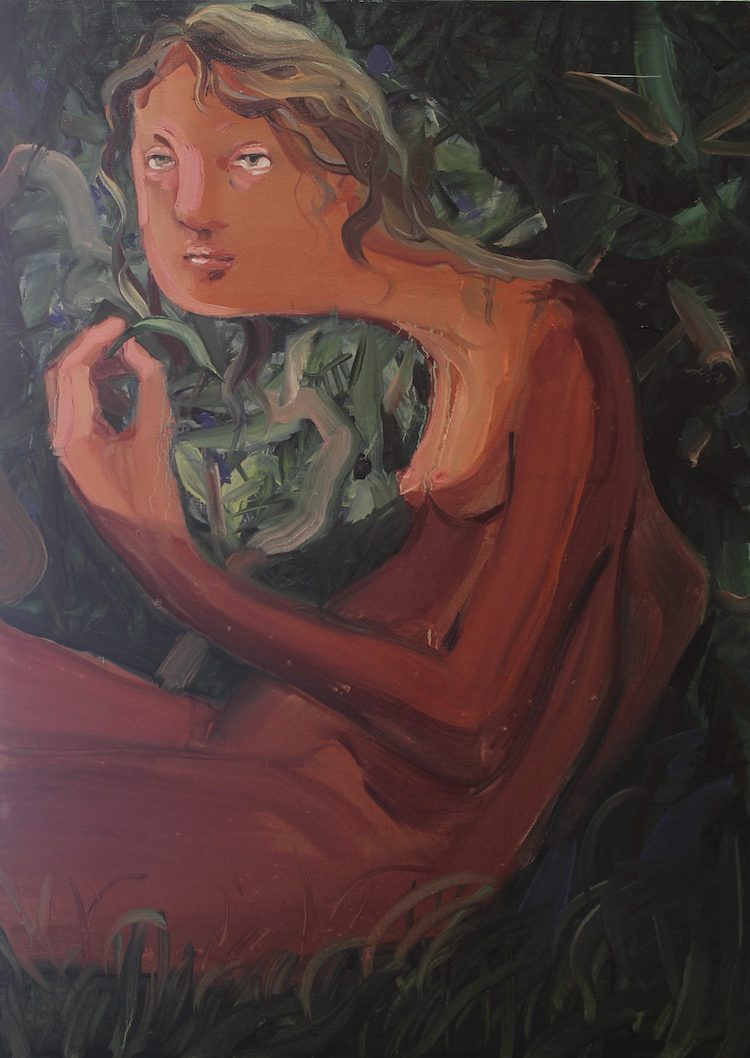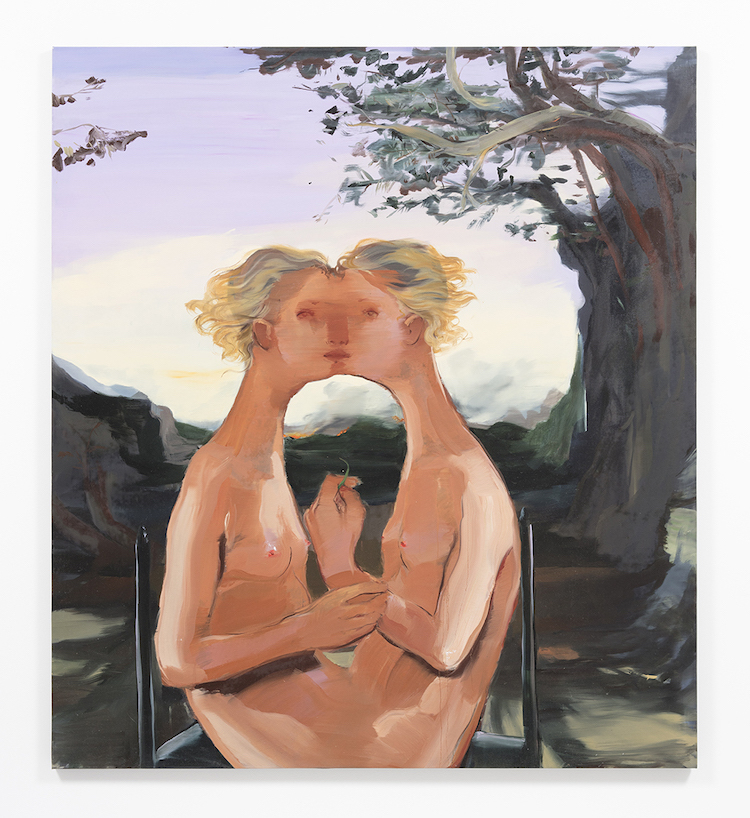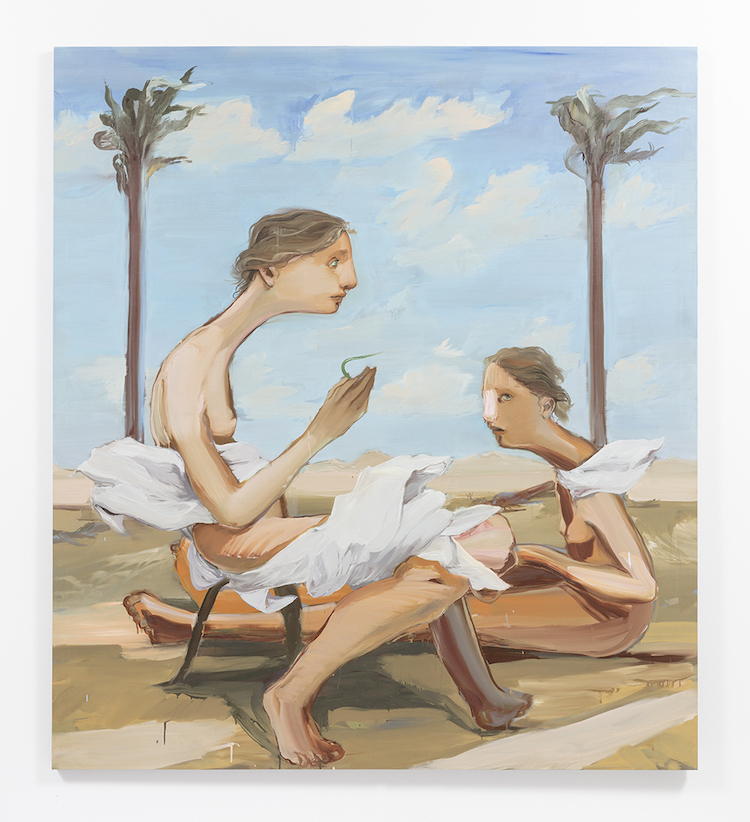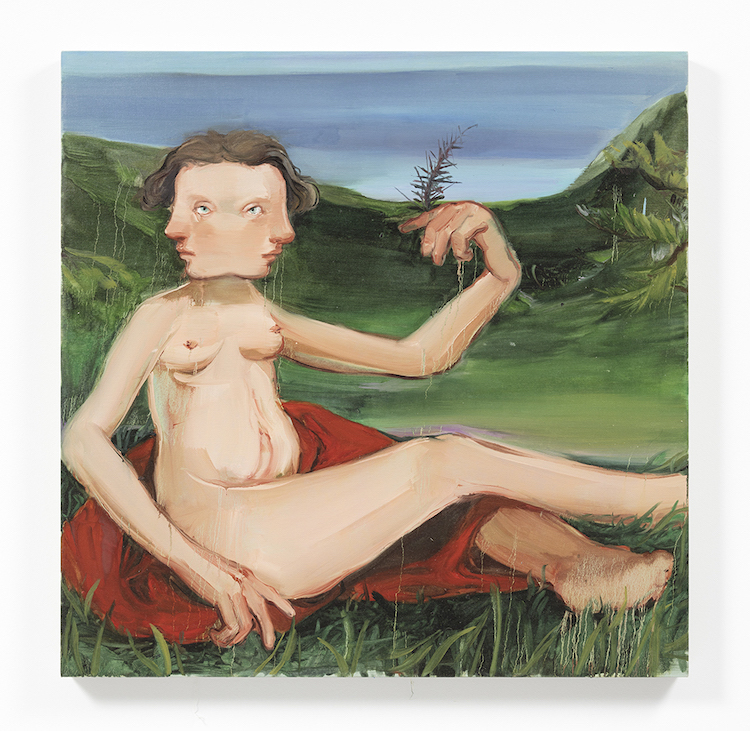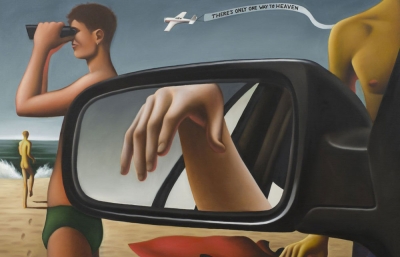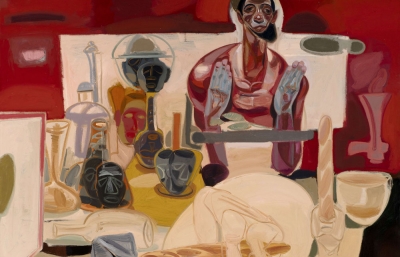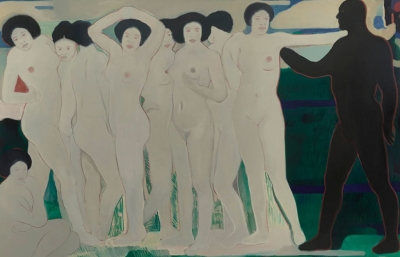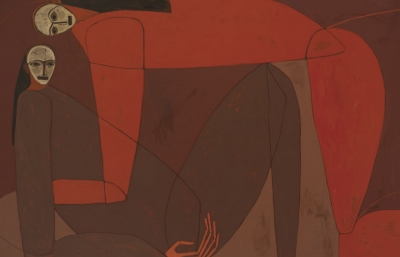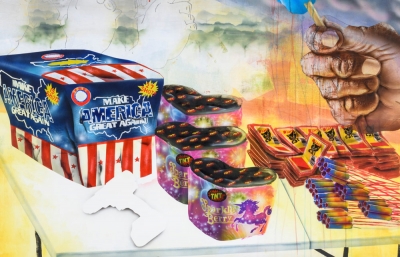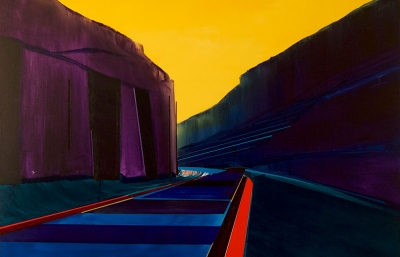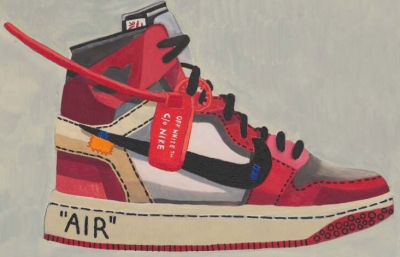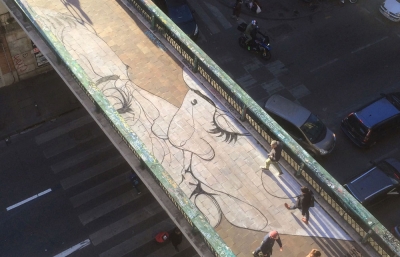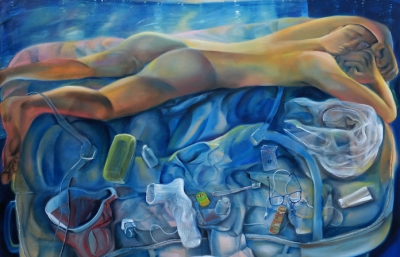On today's edition of our expanding A Portfolio department, we look at the works of Hungarian painter, Luca Sára Rózsa. Repped by Steve Turner in Los Angeles, she will be showing at Future Fair, New York, May 10-13 in advance of her second solo exhibition in Los Angeles which opens in November.
One philosophical foundation upon which portraiture and the representation of the human form rest is the redemption of immortality. As the image is created, the portrayed person, promoted to a memory, is set forever in posterity’s consciousness and therefore survives.
To seek the meaning of human life in fulfillment of one’s individuality reflects a typically Western attitude – the idea of "creating something big” has at its core the ego as an individual, and its primary drive is the fear of death.
If, while seeking for a meaning to our existence, we turn our gaze to the East, we find a different answer. Considering ourselves as drops in the sea, we are promptly absolved and untied from the burden of individuality, and our existence, framed by birth and death, becomes naturally construed as part of a larger cycle. It’s the beginning and the end – the two extremes of life – that maintains and ensures continuity and permanent renewal. Thus the one lives as part of the whole, and this gives meaning to its existence.
Nature plays a different role in these two fundamentally opposing philosophical approaches. Whereas the Western approach builds up a hierarchy, with man on the top and everything else lined up to serve him, classic Eastern philosophies attest to a balanced juxtaposition.
The figures of my paintings are mammals who have eaten from the Tree of Knowledge. Expelled from Paradise, they are fully exposed to their fate, sometimes facing it with resignation, other times seeking for its meaning. —Luca Sára Rózsa

